Table of Contents: The Valley of the Kings
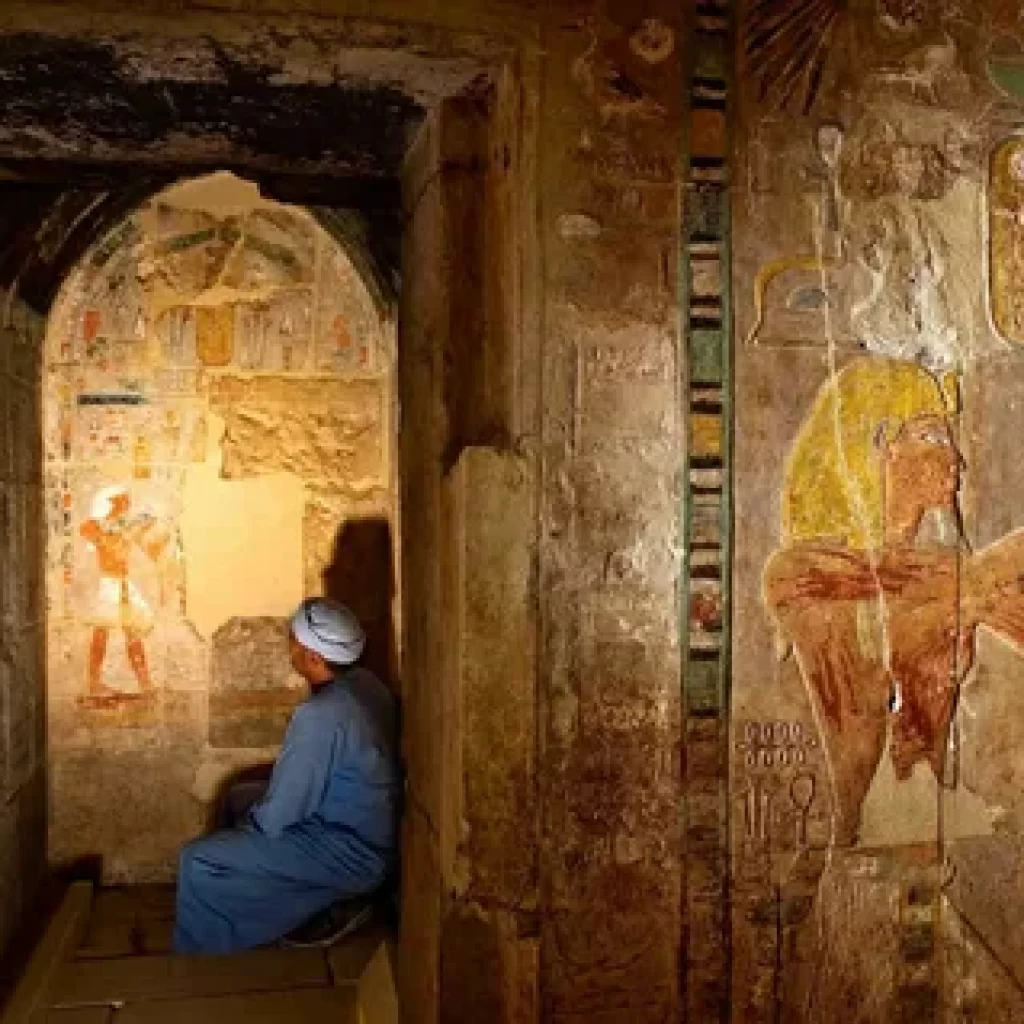
- Introduction
- The Genesis of the Valley of the Kings
- Geography and Layout
- The Tombs of Pharaohs
- Architectural Marvels
- Burial Practices and Rituals
- The Discovery of Tutankhamun’s Tomb
- Tomb Robberies and Preservation Efforts
- Modern Archaeological Techniques
- Tourism and Its Impact
- Conclusion
- FAQs
Introduction: The Valley of the Kings
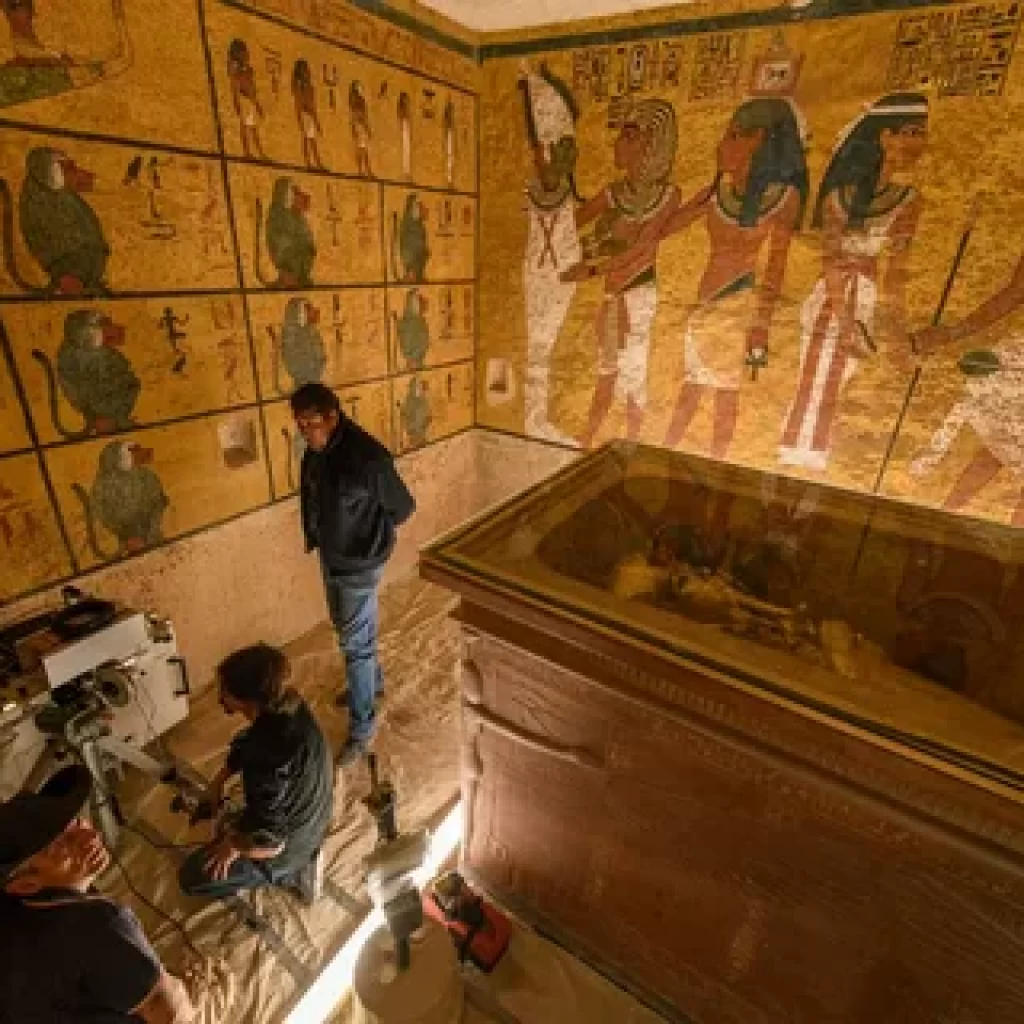
it has to offer the valley served as the final rest in place of the Pharaohs of the New Kingdom Period spanning the 16th to 11th century BC it was one of the most significant and famous archaeological sites in the world attracting tourists from all over the globe the valley was discovered in the 18th century by European explorers and since then archaeologists sent on Earth 63 tombs including those of some of the most famous pharaohs in history the most famous tomb in the valley is that of King Tutankhamun the young.
1. The Genesis of the Valley of the Kings
the Valley of the Kings is located on the west bank of the Nile River and Luxor Egypt it is a site of great historical significance as it was the burial place of many pharaohs and their consorts during the New Kingdom Period of Ancient Egypt the Valley of the Kings is a testament to that rich culture and Artistry of the ancient Egyptians and it continues.
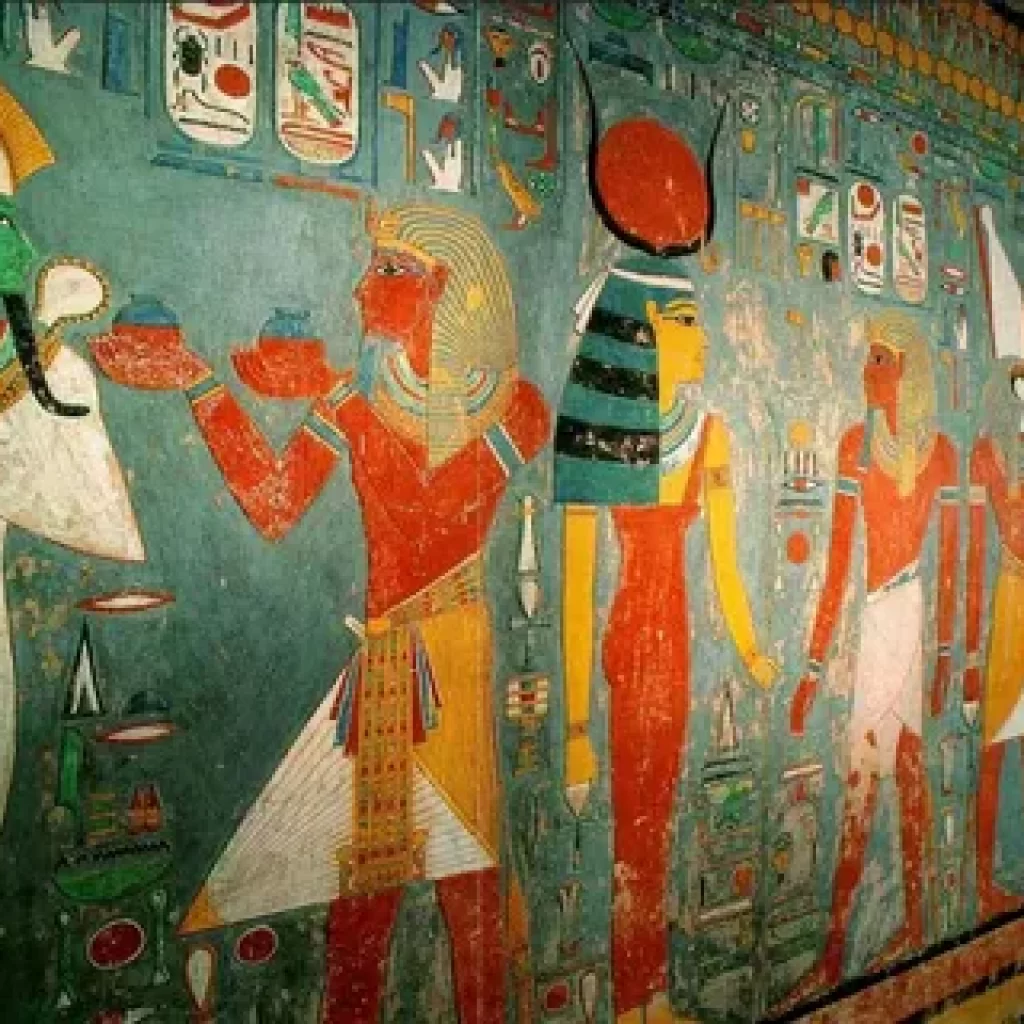
2. Geography and Layout
Pharaoh whose tomb was discovered in 1922 by Howard Carter the tube contained more than 5,000 artefacts including the famous goal and mask that is now one of the most recognizable symbols of Ancient Egypt the Valley of the Kings is an awe-inspiring place
3. The Tombs of Pharaohs
to visit and there are plenty of activities to keep visitors entertained guided tours are the best way to explore the valley as they offer visitors the opportunity to learn about the history and significance of the tombs from knowledgeable guides visitors can explore the tombs
4. Architectural Marvels
The tombs in the Valley of the Kings are architectural feats, carved deep into the limestone cliffs. They are decorated with elaborate wall paintings and hieroglyphs that depict the deceased’s journey to the afterlife, their deities, and scenes from the Book of the Dead. These artistic treasures provide invaluable insights into ancient Egyptian beliefs and artistry.
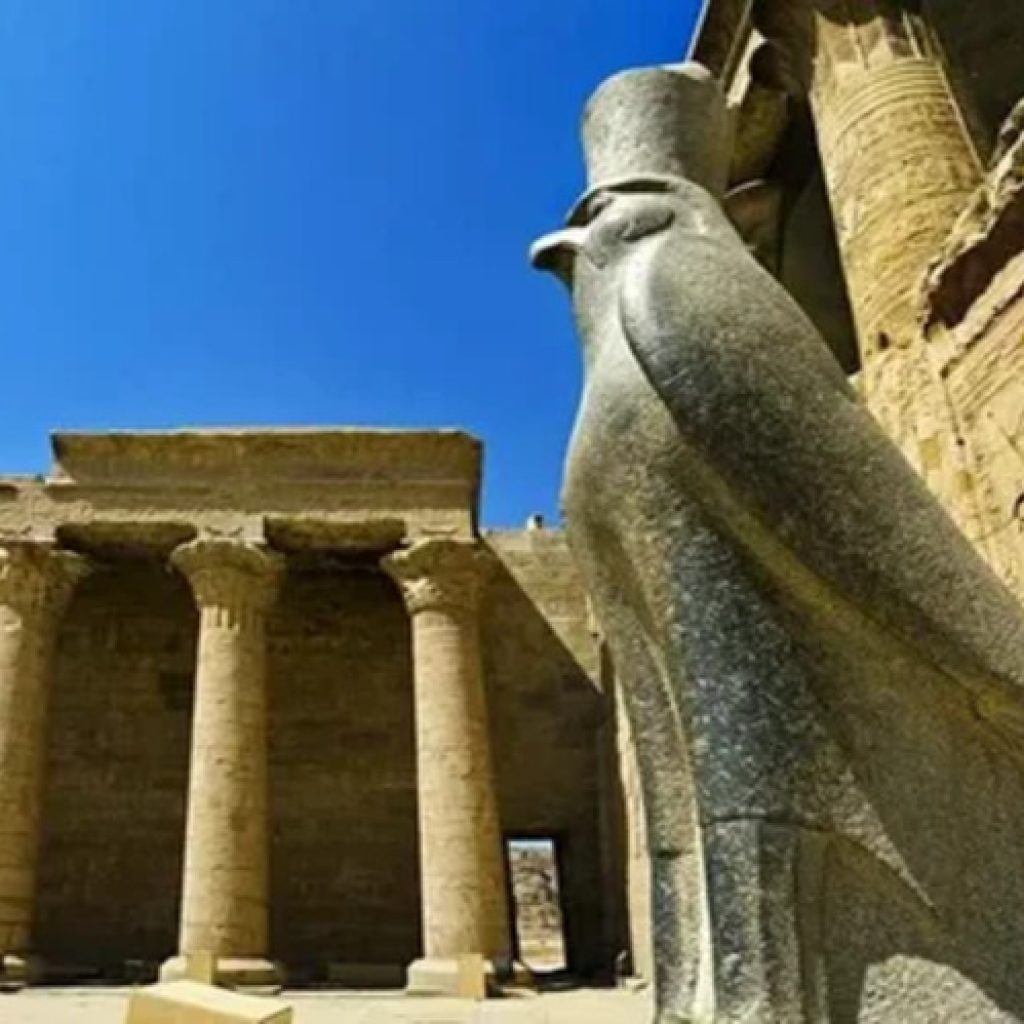
5. Burial Practices and Rituals
After Carter removed the treasures from Tut’s tomb, they ended up in museums around Egypt. Now, for the first time, scientists and Egyptologists will use modern technology to analyse each object. TAREK: Some details reappear and give us new information about these antiquities.
6. The Discovery of Tutankhamun’s Tomb
So in the early 20th century British archaeologist Howard Carter and other archaeologists found the undisturbed tomb of King Tutankhamun with all his treasures inside, all completely intact. Tutankhamun’s tomb is actually a small space. Now over 3300 years old, the paintings are still vibrant.
7. Tomb Robberies and Preservation Efforts
Despite the strategic location and efforts to protect the tombs, many were plundered in antiquity. Grave robbers looted valuable artifacts, leaving some tombs almost bare. Modern efforts to preserve and protect the remaining treasures have been significant, involving advanced archaeological techniques and international cooperation.
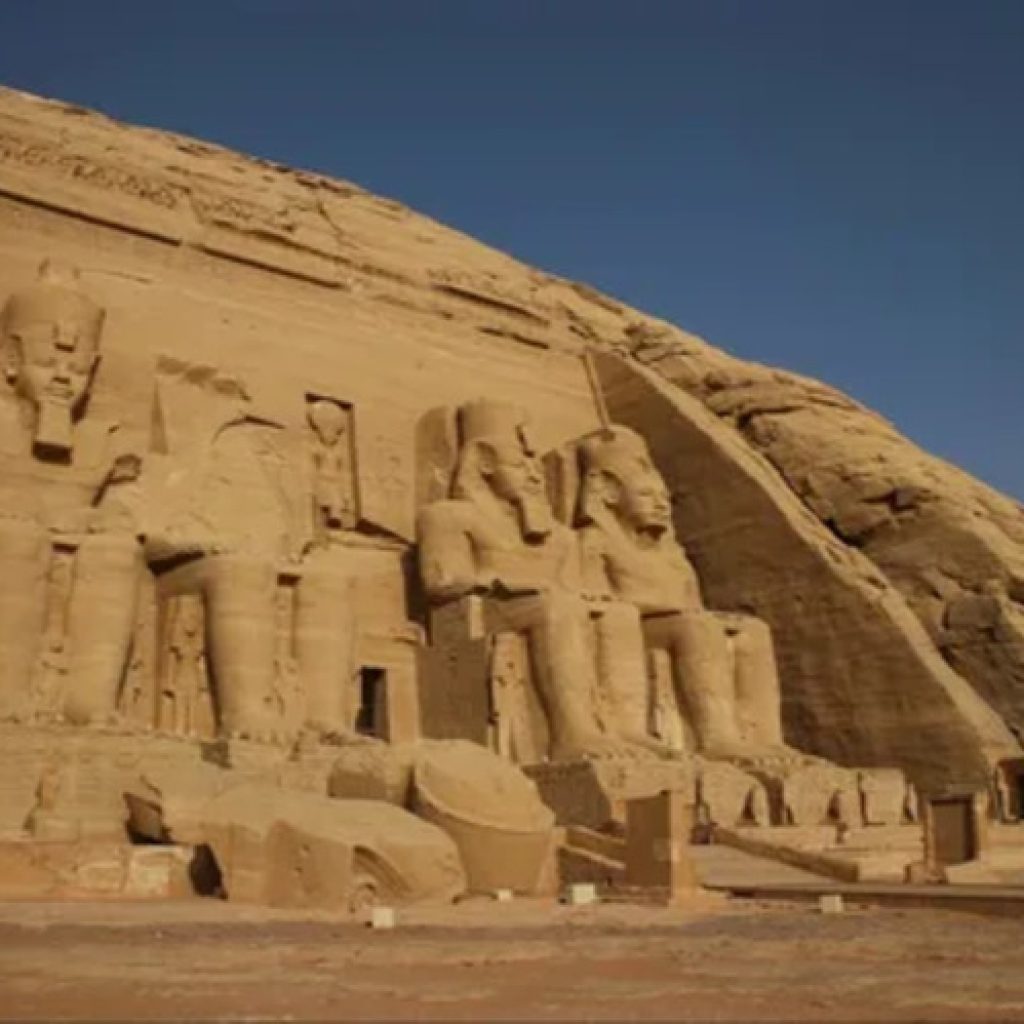
8. Modern Archaeological Techniques
Today’s archaeologists employ a range of advanced techniques to explore the Valley of the Kings. Ground-penetrating radar, 3D mapping, and DNA analysis have all contributed to new discoveries and a deeper understanding of ancient Egyptian burial practices. These technologies help uncover hidden tombs and provide more accurate restorations.
9. Tourism and Its Impact
visitors can take a hot air balloon ride over to Valley for a bird’s eye view of the tombs and the surrounding area camel rides are also a popular activity offering visitors a chance to experience the desert landscape in a unique way the best time to visit the Valley of the Kings
Conclusion:The Valley of the Kings
work, so it’s a good idea to check ahead before planning a visit the Valley of the Kings is an extraordinary place that offers visitors a glimpse into the ancient world of the Pharaohs the stunning tombs incredible artifacts and beautiful desert landscape
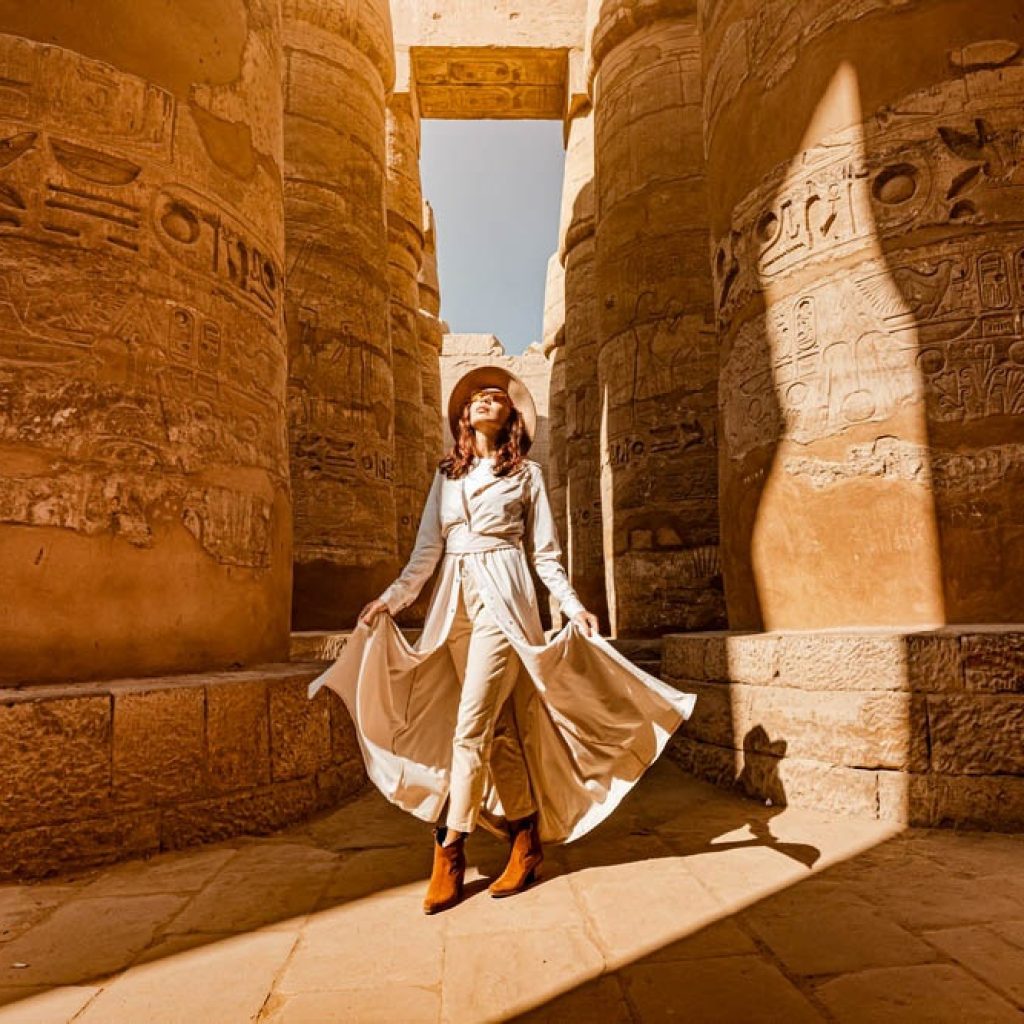
FAQs:The Valley of the Kings
1. What is the Valley of the Kings?
The Valley of the Kings is an ancient burial site for Egyptian Pharaohs and nobles, located near Luxor, Egypt.
2. Why was the Valley of the Kings created?
It was established to provide secure and hidden tombs for the Pharaohs, transitioning from the pyramid tradition.
3. How many tombs are in the Valley of the Kings?
There are over 60 known tombs, each varying in size and complexity.
4. What is the most famous tomb in the Valley of the Kings?
The most famous tomb is that of Tutankhamun, discovered by Howard Carter in 1922.
5. How do modern archaeologists explore the Valley of the Kings?
They use advanced technologies like ground-penetrating radar, 3D mapping, and DNA analysis.
6. What challenges does tourism pose to the Valley of the Kings?
Tourism can lead to the deterioration of tomb structures and artwork, necessitating careful conservation efforts.
7. Why is the Valley of the Kings important?
It offers invaluable insights into ancient Egyptian civilization, religious beliefs, and burial practices.
Conclusion: The Valley of the Kings
The Valley of the Kings stands as a monumental testament to the grandeur and mystique of Ancient Egypt. Nestled in the rugged Theban Hills, this necropolis offers an unparalleled glimpse into the world of the New Kingdom Pharaohs, showcasing their burial practices, religious beliefs, and artistic achievements. The Valley’s tombs, from the modest to the magnificent, tell stories of a civilization deeply invested in the afterlife, where kings and nobles prepared for eternity with elaborate rituals and stunning artistry.
Despite the challenges of tomb robberies and the ravages of time, the Valley of the Kings continues to reveal its secrets through modern archaeological techniques. The discovery of Tutankhamun’s tomb remains one of the most significant archaeological finds, captivating the world with its untouched treasures and illuminating the splendour of ancient Egyptian royalty.
Today, the Valley of the Kings is a historical treasure trove and a vital part of Egypt’s cultural heritage, drawing tourists and scholars from around the globe. Balancing preservation with accessibility remains a crucial task, ensuring that future generations can marvel at the wonders of this ancient site.
As we continue to explore and understand the Valley of the Kings, it remains a powerful symbol of human ingenuity, devotion, and the eternal quest for immortality.

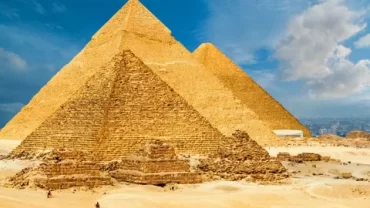



Comment (0)